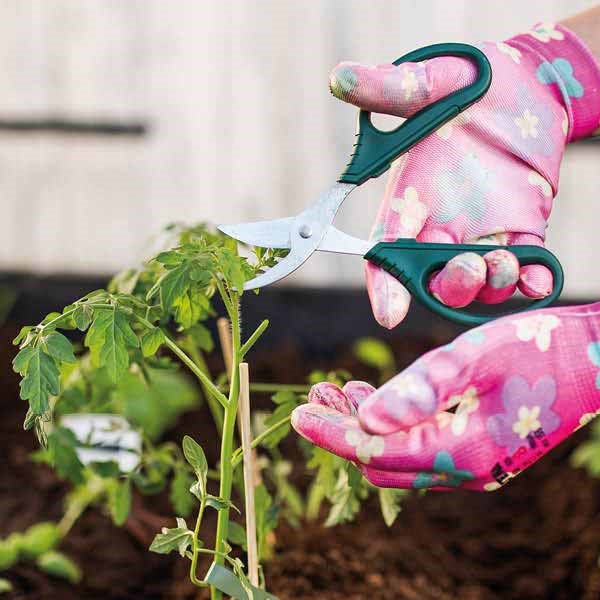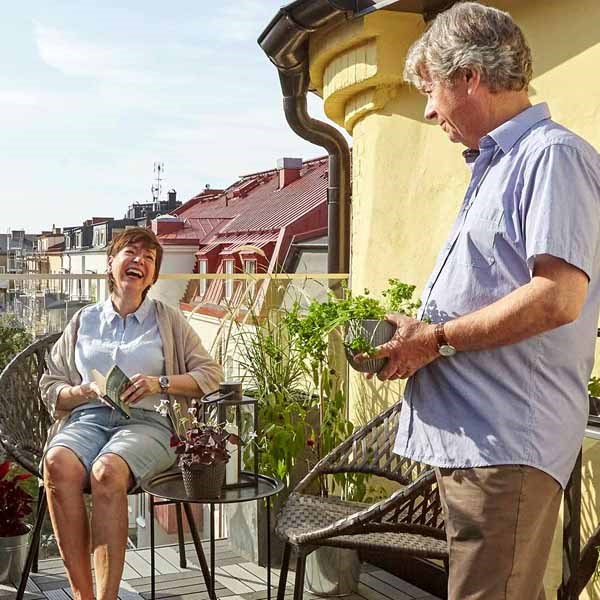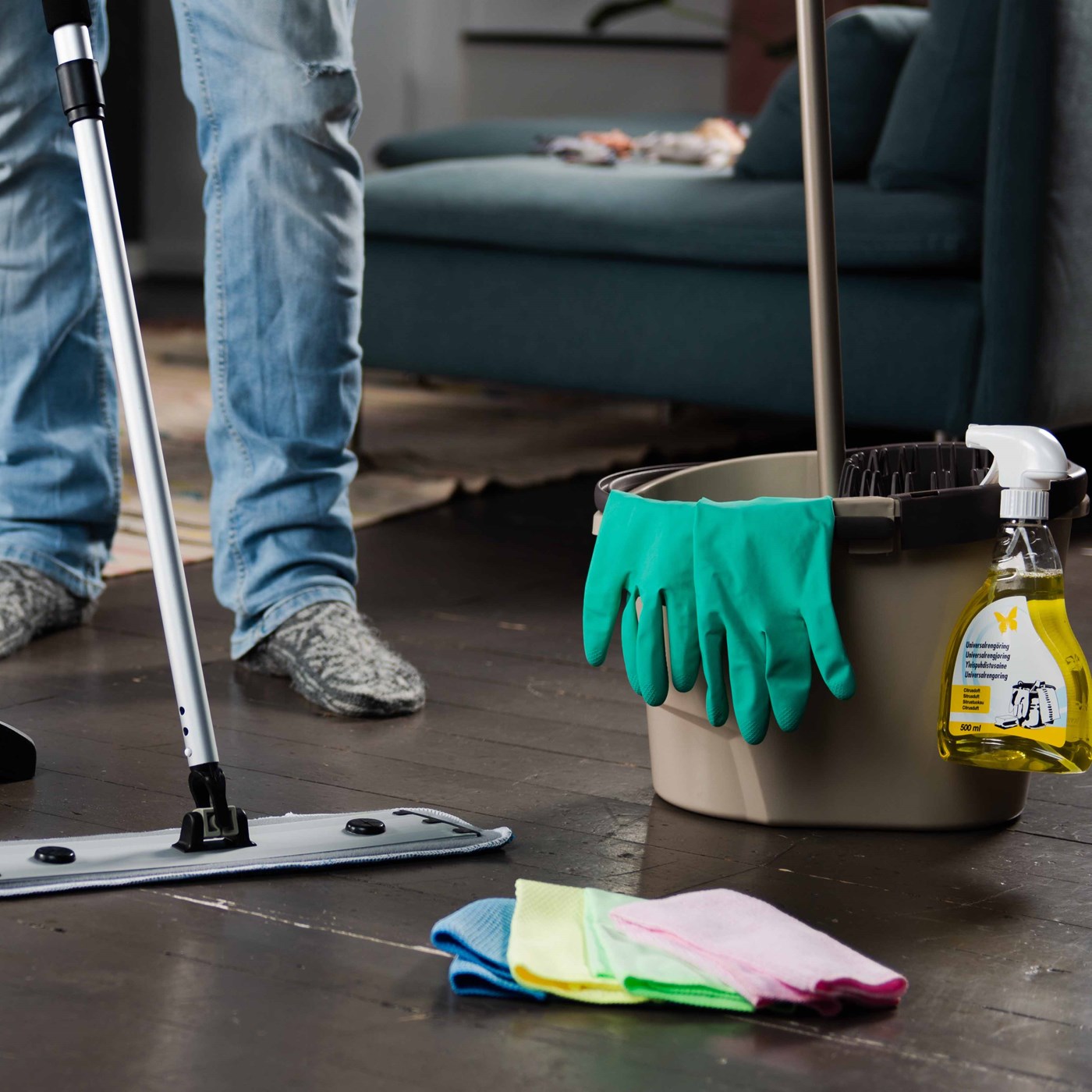Create a garden for bees and benefit your own harvest
Bees and bumblebees are the real heroes of nature. In their search for nutritious nectar, they visit a diversity of flowers, moving pollen from flower to flower so that they become fertilised and can form seeds. They account for the vast majority of the pollination of both wild plants and many of our common crops, such as rapeseed or strawberries.
We need bees and other insects fin order for plants and crops to be pollinated. Pollination not only ensures bigger harvests – it also helps fruit, berries and nuts taste better and have higher quality. Unfortunately, bees have been struggling for a long time, partly because of pesticides and diseases. Fortunately, you can make a difference and help the bees in their work. Start by creating a garden that bees love!
What is pollination?
Pollination is a system that plants use for reproduction. This is mainly done by an insect, such as a bee or bumblebee, looking to feed on a flower and bringing pollen with it. When the bee then flies to another flower to look for nectar and food, pollen spreads to that plant and fertilisation occurs.
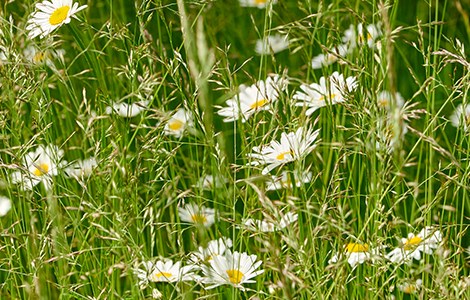
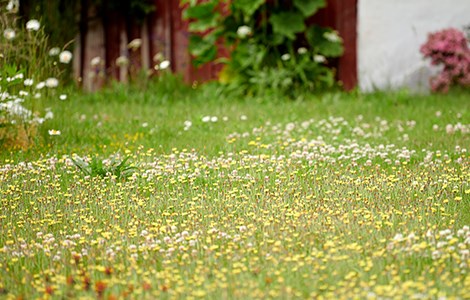
Why do we depend on pollination?
The vast majority of flowering plants rely on pollination and many of the crops we eat exist thanks to bees and other pollinating insects. About a third of the food we eat needs pollination by, for example, bees. Thanks to them, we get bigger and better quality harvests.
What insects are our pollinators?
In Scandinavia it is mainly insects that are pollinators, such as wild bees and wasps, butterflies and moths, hoverflies, other flies and beetles. Most live wild in nature and are so-called wild pollinators.
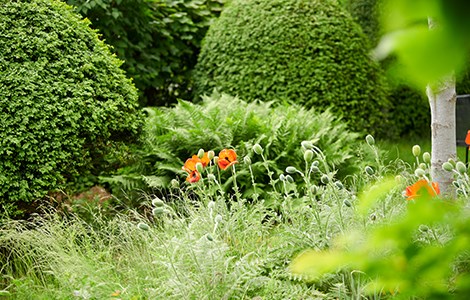
Help our bees and create the right conditions!
For example, by growing and planting pollinating plants, we humans can help our bees and other pollinators in their work. In addition to planting or sowing flowers that attract bees, there are other ways to create favourable conditions for them. Here are some tips.
Create an insect hotel
Create nests for various insects using a so-called insect hotel. These you can either make yourself or buy ready-made. The hotels are often made of hollow bamboo or similar. They can also be filled with cones, branches or smaller pieces of wood. Do not forget to cover it with a piece of netting, such as chicken netting, so that birds or the like so that the hotel does not become an insect buffet for birds and other animals!
Once finished, just hang the hotel in a bush, on a house wall or why not out on the balcony. Preferably where it is sunny as they like this best.
Another tip is to use a clay pot filled with moss and grass with the bottom facing up - a perfect home for a bumblebee!
Establish a flower meadow or herb garden
It is a variety of flowers with their different aromas, colours and tastes that attract the insects. A wild meadow with a diversity of flowers such as red clover, bird's-foot trefoil, oxeye daisy, borage and lavender is very much appreciated by our pollinators. These you can easily sow directly and then keep the soil moist enough until they start to germinate.
Herbs such as thyme, rosemary and sage are herb plants that bees and other pollinators like. They are therefore perfect to plant summer flower beds and in pots as a small oasis up on the balcony.
Also remember to let the flowers finish blooming before cutting the grass and flower meadow. In this way, you maximise the conditions for the insects.
Shop organic
Try as much as you can to always choose organic ingredients when shopping for your food. In this way, you protect the lives and diversity of bees and other pollinators, as it is largely pesticides that make them sick.
Buy a share in a hive
You can even buy a share in a hive, then you will also get jars of honey in return. By purchasing locally produced honey, you are also supporting local beekeeping.
Starting keeping bees
If you want to take it a step further, you can join a beekeepers association and start keeping your own bees.
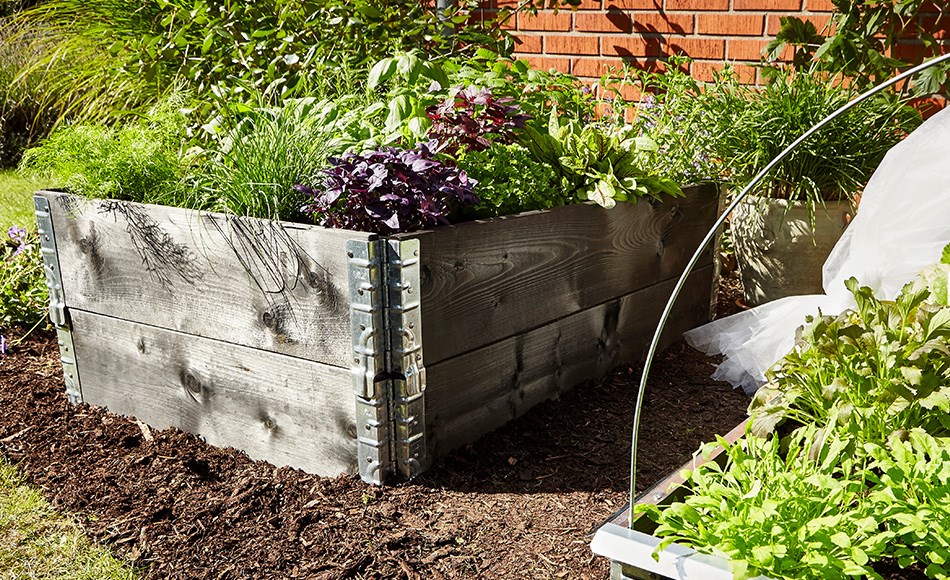
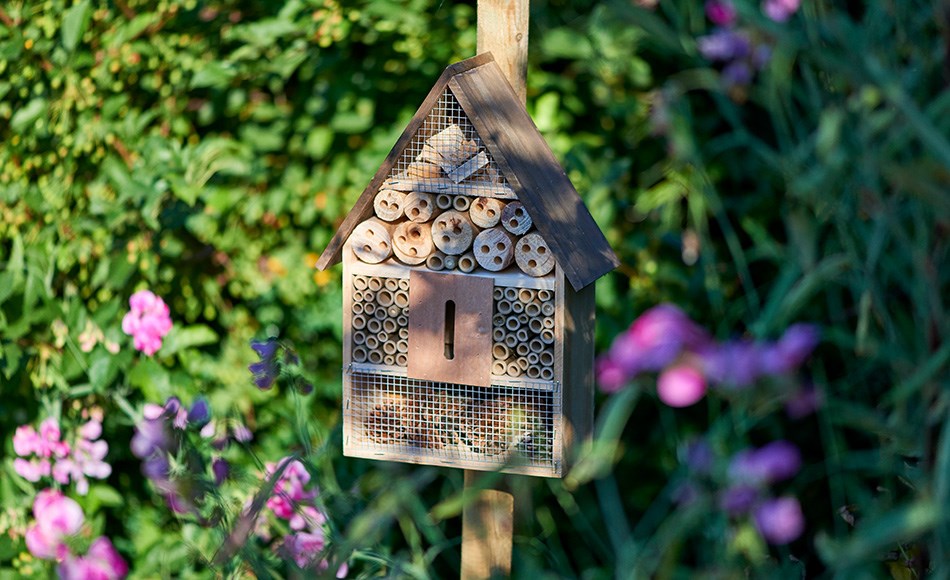
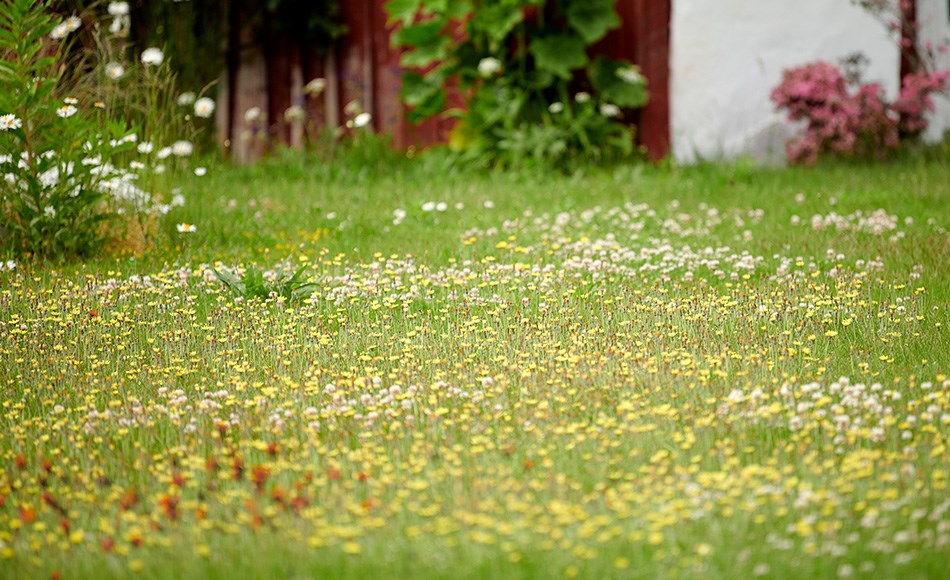
Together, we can increase the chances of bees surviving – not least by growing the plants they eat and being more aware of what effect our consumption can have. Let spring and summer be the buzzing season it should be, with bees, bumblebees and other important pollinators.

